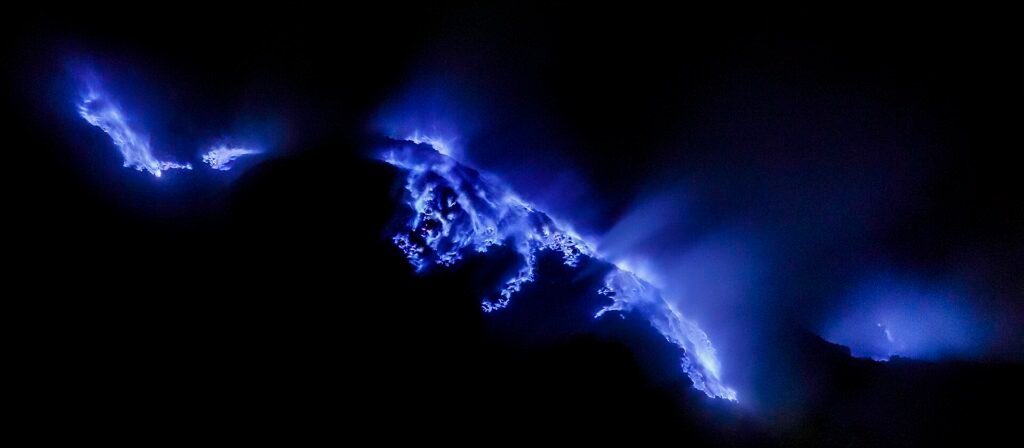On some nights, a volcano can look like a magician caught mid-trick – rivers of light racing in electric blue where you’d expect lava’s red glare. This rare glow, driven by burning sulfur, transforms the crater rim into a stage for a phenomenon that feels almost unreal. Scientists flock to these sites with sensors and spectrometers, while travelers whisper about a spectacle that only appears in darkness. The mystery is equal parts chemistry and theater: combustible gases, fierce heat, and the fleeting quiet of night. Understanding the why behind the glow isn’t just about wonder; it’s about decoding a volatile system that shapes landscapes, clouds, and lives.
The Hidden Clues

Blue fire starts long before anyone sees a spark, deep in fractured rock where sulfur-rich gases build pressure and heat. Those gases escape through vents and cracks, picking up momentum like steam through a whistle, and they ignite when they meet oxygen at the surface. The flames themselves can cling to the ground, tracing crooked lines that resemble liquid, because molten sulfur sometimes dribbles and burns as it flows. By day, it’s easy to miss, masked by bright sunlight and the pale veil of fumes, but at night the spectrum flips and the blue pops into view. What looks like a supernatural river is really a moving burn front, stoked by fresh gas and wind. The trick is that the light is faint to the human eye, so the best sightings often happen in very dark conditions with the wind shifted just right.
How Blue Fire Actually Burns
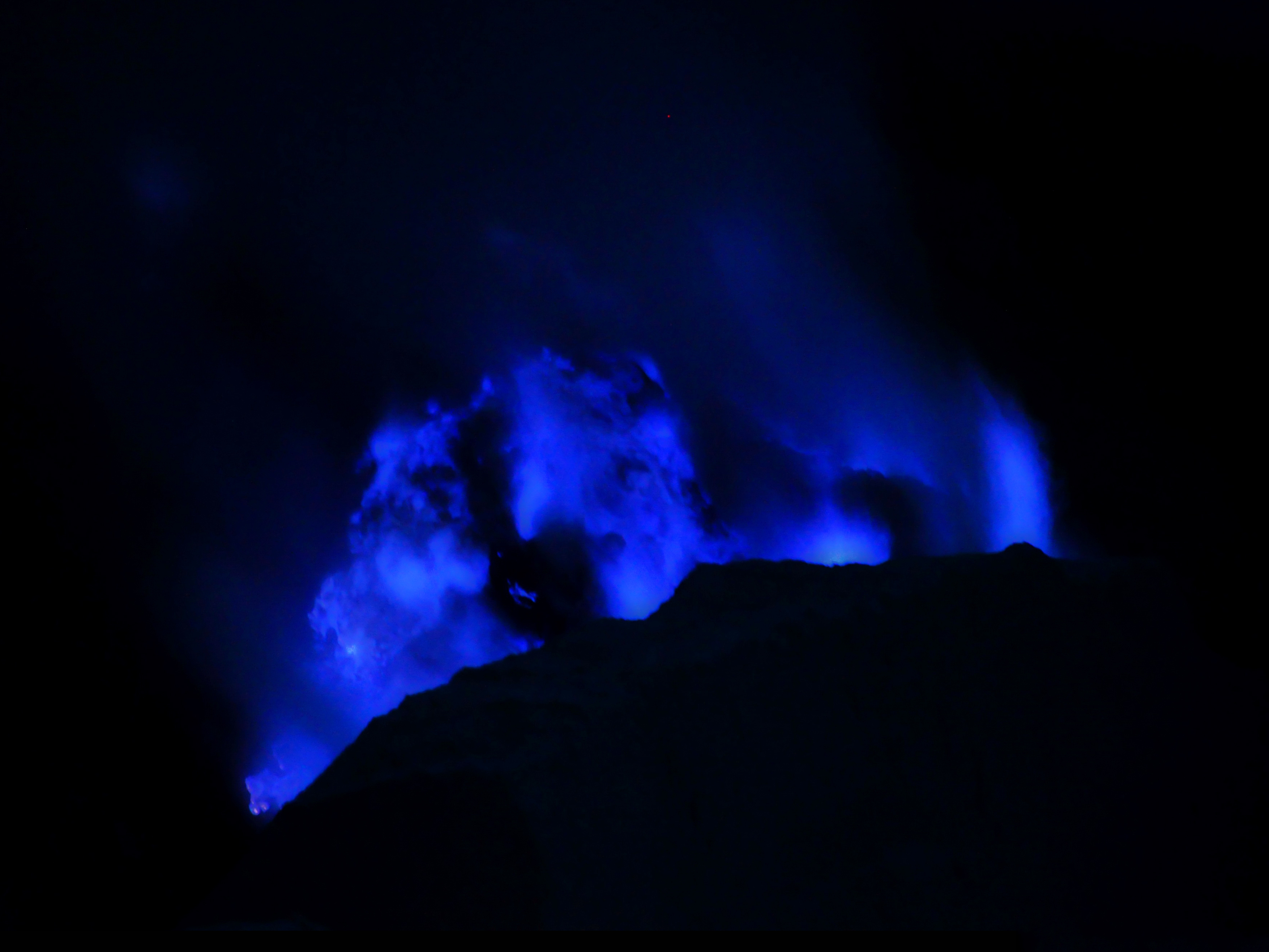
Sulfur melts at relatively modest temperatures compared to rock, then vaporizes and – if it gets hot enough – combusts in air, producing that distinctive blue glow. The flame color comes from the chemistry of sulfur species as they oxidize, emitting light in the blue to violet range rather than the familiar orange of lava. In many craters, the gas composition skews toward sulfur dioxide and other reactive compounds, which intensify the spectacle when they ignite along hot fumaroles. Because the flames hug the ground and ride the flow of vapors, they can seem like blue waterfalls tumbling over rock ledges. Photographs exaggerate the brightness when shot with long exposures, yet the core phenomenon is real and remarkably dynamic. It’s not the lava that’s blue – it’s the burning gas and molten sulfur that paint the night.
From Ancient Tools to Modern Science
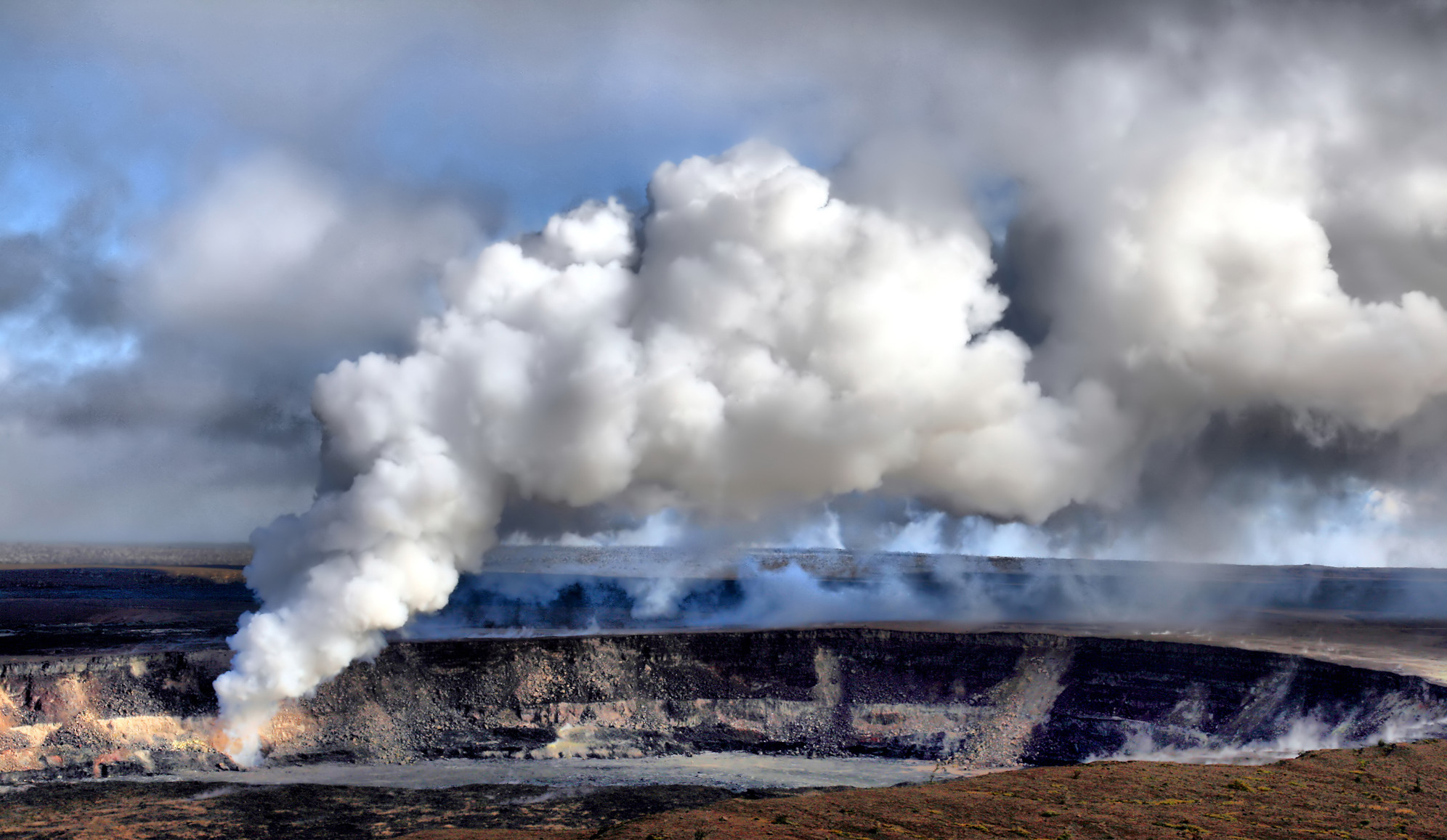
Centuries ago, people living near sulfur vents learned to harvest bright yellow crystals for medicines, dyes, and gunpowder, often with nothing more than baskets and brute strength. Today, the same landscapes are research sites where portable spectrometers, thermal cameras, and gas analyzers map emissions in exquisite detail. Field teams track shifts in sulfur dioxide and temperature to understand when vents open, clog, or migrate – a kind of stethoscope pressed to the volcano’s chest. Drone flights now skim the crater edges, sampling plumes far too risky for a person to enter, feeding models that connect gas chemistry with eruptive behavior. These advances help separate show from signal, revealing when a blue blaze is merely photogenic and when it hints at deeper changes below. In a way, the science gives the spectacle a second act, translating color into clues.
Night Watch: When Darkness Reveals the Fire
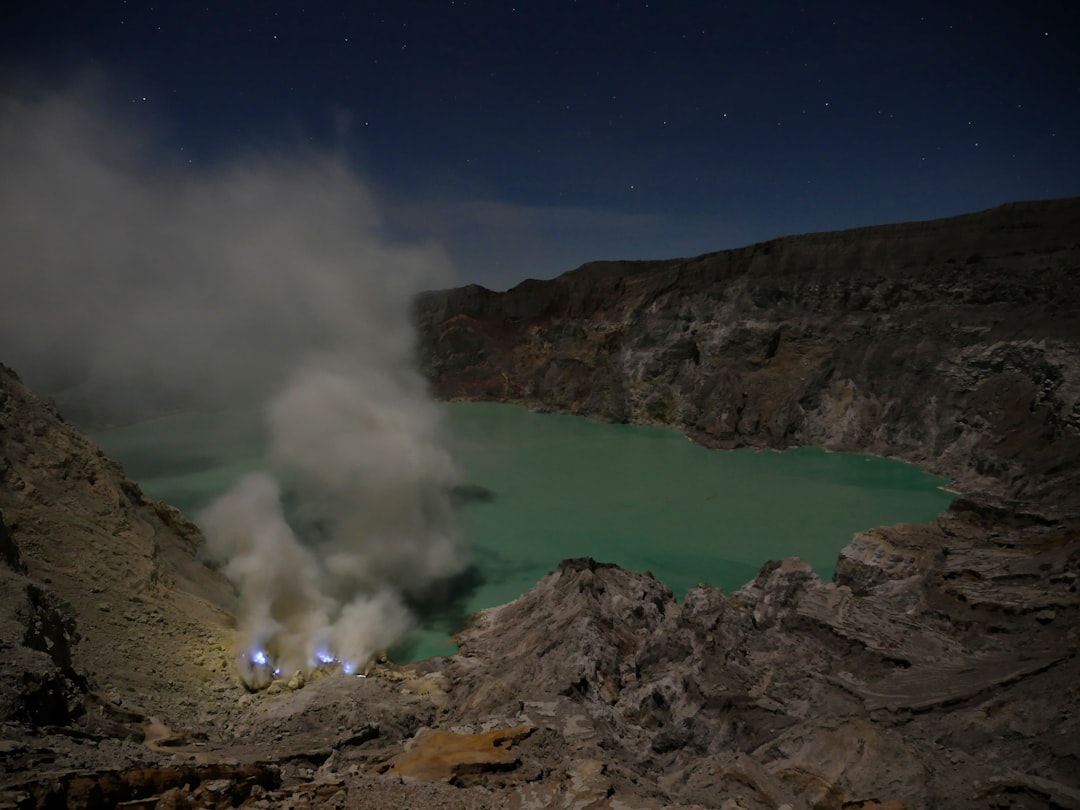
Blue flames are a nocturnal phenomenon not because they vanish by day, but because daylight washes out their relatively faint wavelengths. Under a moonlit sky, the crater becomes a canvas, and pockets of burning gas sketch quicksilver strokes that shift with every gust. Guides often time ascents for pre-dawn hours when crowds are thin and winds steadier, though safety always trumps the perfect view. The most dramatic scenes form where vents concentrate, funneling hot gas through mineral nozzles like the world’s strangest blowtorch. Even then, the display can wink in and out, reminding observers that they’re standing at the edge of a living, breathing system. You feel it in your chest – the low hum of escaping gas, the sting in your throat, the heat that sneaks up from the rocks underfoot.
Why It Matters
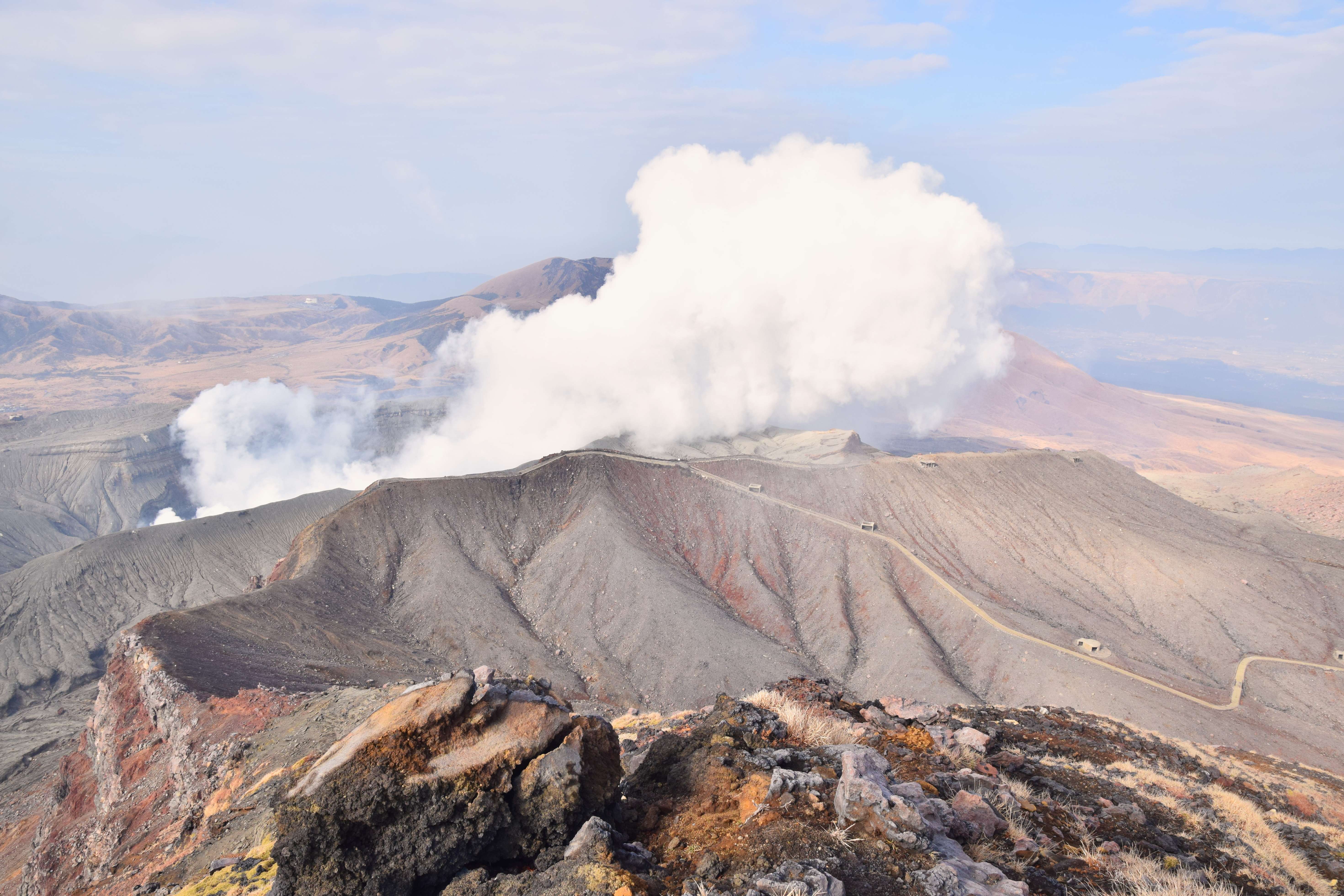
Blue fire is more than volcanic eye candy; it’s a living readout of what a volcano is cooking and how fast it’s venting. Compared with traditional lava monitoring, tracking sulfur combustion captures a complementary piece of the story: the pathways and intensity of gas escape. Gas-rich systems can change rapidly, and sudden shifts in sulfur dioxide or temperature can precede explosive episodes or, at minimum, signal a reorganization of the plumbing. Understanding these patterns improves hazard assessments for nearby communities, where even a moderate gas pulse can pose health risks. It also feeds atmospheric models, since sulfur compounds influence clouds and sunlight scattering on regional scales. In short, the blue is a beacon for both local safety and broader climate-relevant chemistry.
Global Perspectives
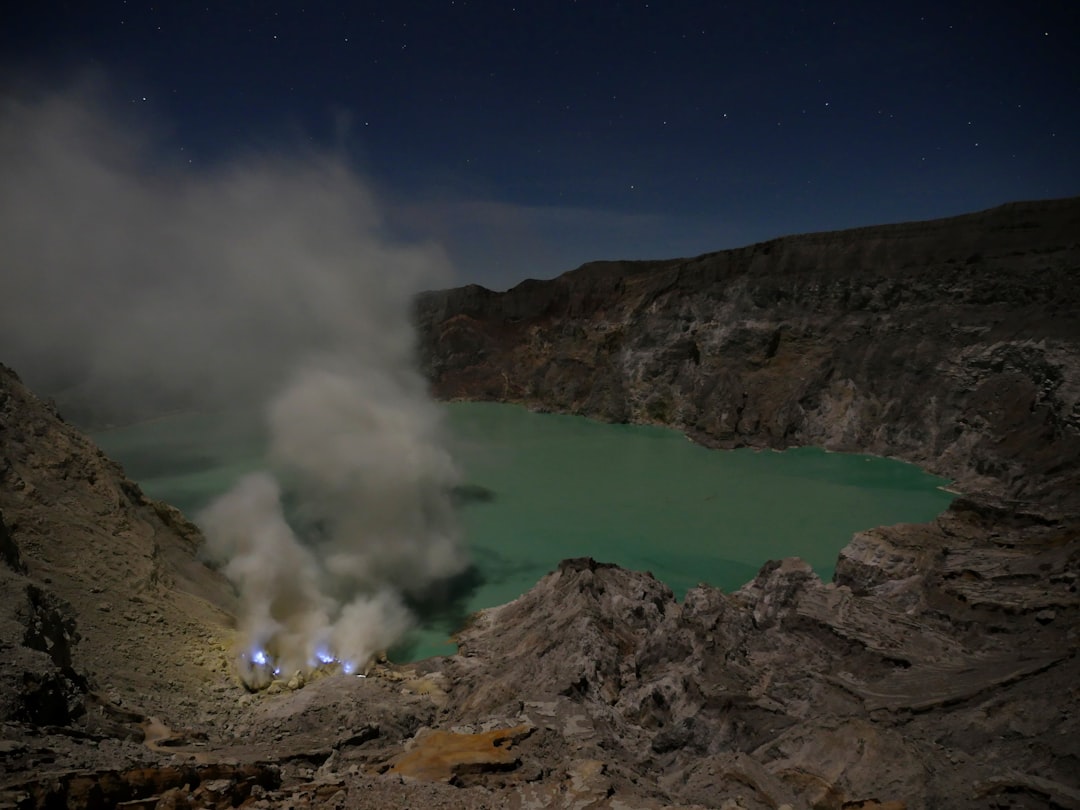
The most widely recognized blue-fire displays have been documented at sulfur-rich craters in Indonesia, where geology, heat, and gas chemistry align in rare harmony. Elsewhere, similar conditions appear sporadically – short-lived bursts near fumaroles in other volcanic fields – yet sustained, visible blue flames remain the exception. That scarcity is useful: it tells scientists that specific combinations of heat, gas flux, and vent geometry must coincide to cross the ignition threshold. It also underscores why photographs from different places vary so much; not every blue glow is equally bright, widespread, or even visible without a camera’s help. Importantly, what travelers often label as “blue lava” is a misnomer, as lava itself radiates red to orange due to its temperature, while sulfur flames are a separate, surface-skimming process. Treating these sites as unique laboratories helps avoid faulty generalizations about how all volcanoes behave.
The Future Landscape
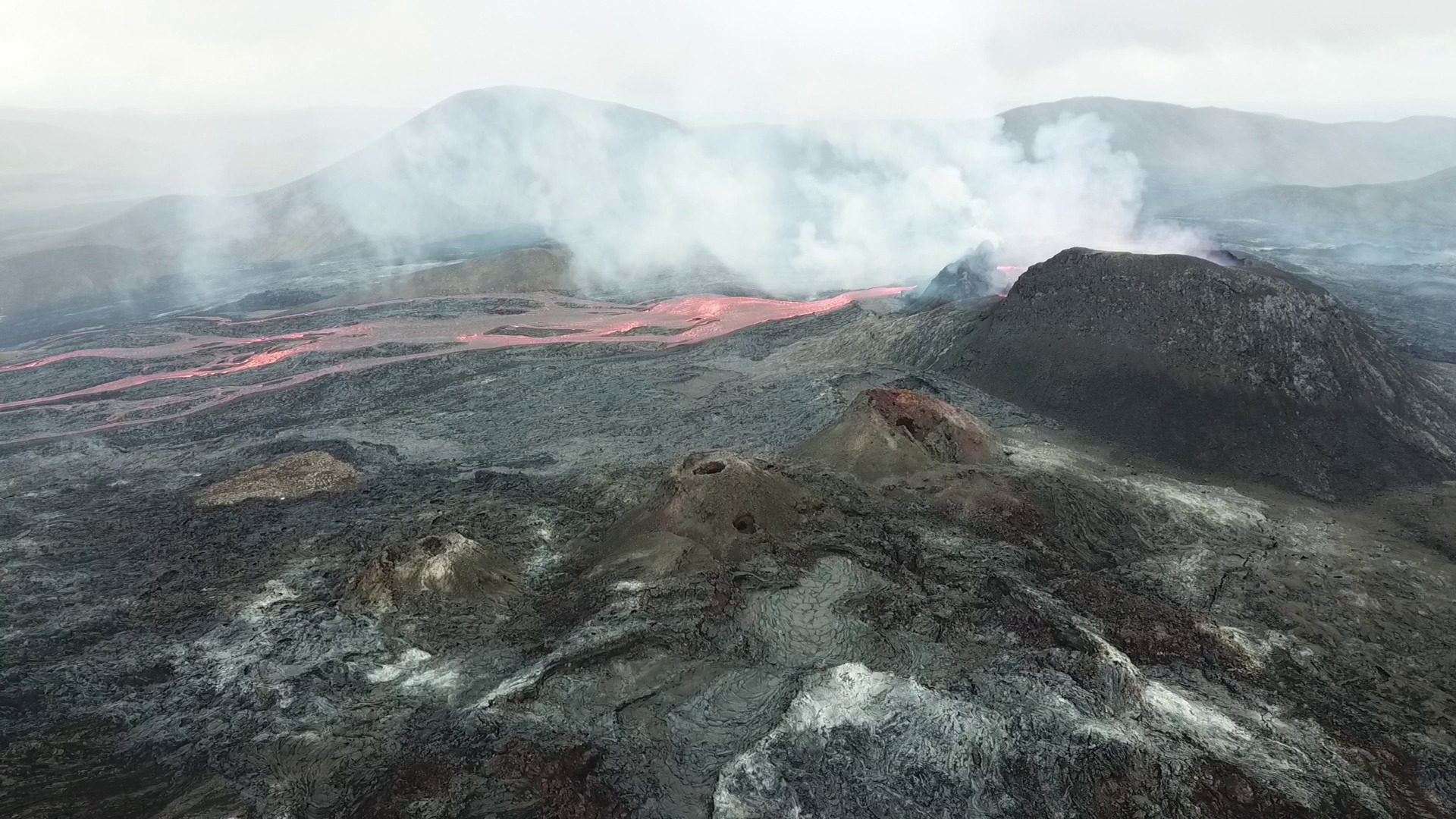
New tools are poised to make the invisible visible, taking blue-fire science beyond the dramatic photos into real-time forecasting. Compact sensors mounted on drones can sample gases across complex terrain, building three-dimensional maps of sulfur pathways and hotspots. Machine-learning models trained on multi-year gas, temperature, and seismic records may soon flag subtle patterns that human eyes miss, offering earlier warnings without on-the-ground risk. Satellite instruments that track sulfur dioxide plumes already watch broad regions; paired with crater-level data, they’ll anchor a more complete picture from space to stone. The big hurdles include instrument durability in corrosive acid environments, stable funding for long-term monitoring, and safe public access in places that also rely on tourism. If we solve those, blue flames will shift from rare spectacle to routine signal in our volcanic toolkit.
Conclusion
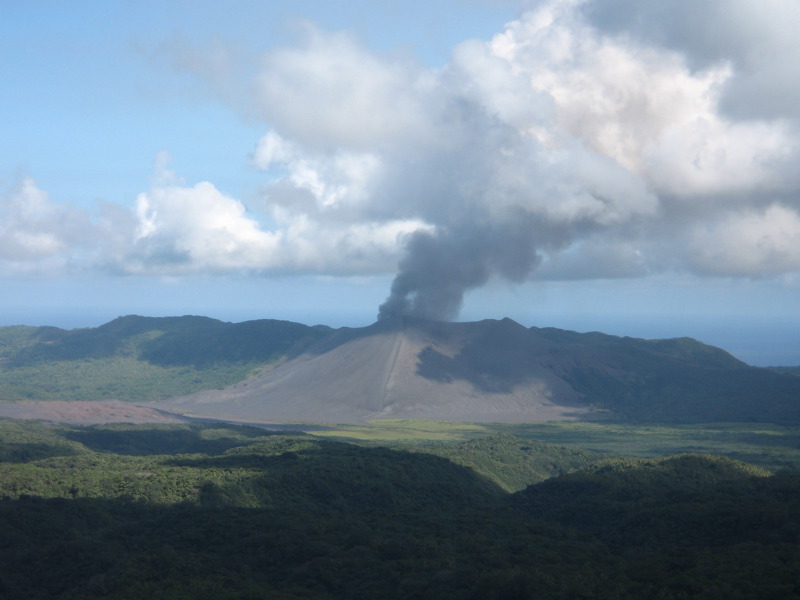
If you go, go gently: choose trained local guides, follow official advisories, and give vents and crater rims a wide berth, no matter how tempting the angle for a photo. Support efforts that provide protective masks and training for workers and rangers who spend long hours in gas-heavy zones. Consider contributing to organizations that maintain volcanic monitoring networks; consistent data keeps communities safer than any single viral image ever will. For those staying home, share accurate explanations – call it blue fire or burning sulfur, not blue lava – so curiosity doesn’t spread confusion. And remember that wonder and caution can coexist; treating these places with respect is the surest way to keep them, and us, alive to see the next blue flare.

Suhail Ahmed is a passionate digital professional and nature enthusiast with over 8 years of experience in content strategy, SEO, web development, and digital operations. Alongside his freelance journey, Suhail actively contributes to nature and wildlife platforms like Discover Wildlife, where he channels his curiosity for the planet into engaging, educational storytelling.
With a strong background in managing digital ecosystems — from ecommerce stores and WordPress websites to social media and automation — Suhail merges technical precision with creative insight. His content reflects a rare balance: SEO-friendly yet deeply human, data-informed yet emotionally resonant.
Driven by a love for discovery and storytelling, Suhail believes in using digital platforms to amplify causes that matter — especially those protecting Earth’s biodiversity and inspiring sustainable living. Whether he’s managing online projects or crafting wildlife content, his goal remains the same: to inform, inspire, and leave a positive digital footprint.

